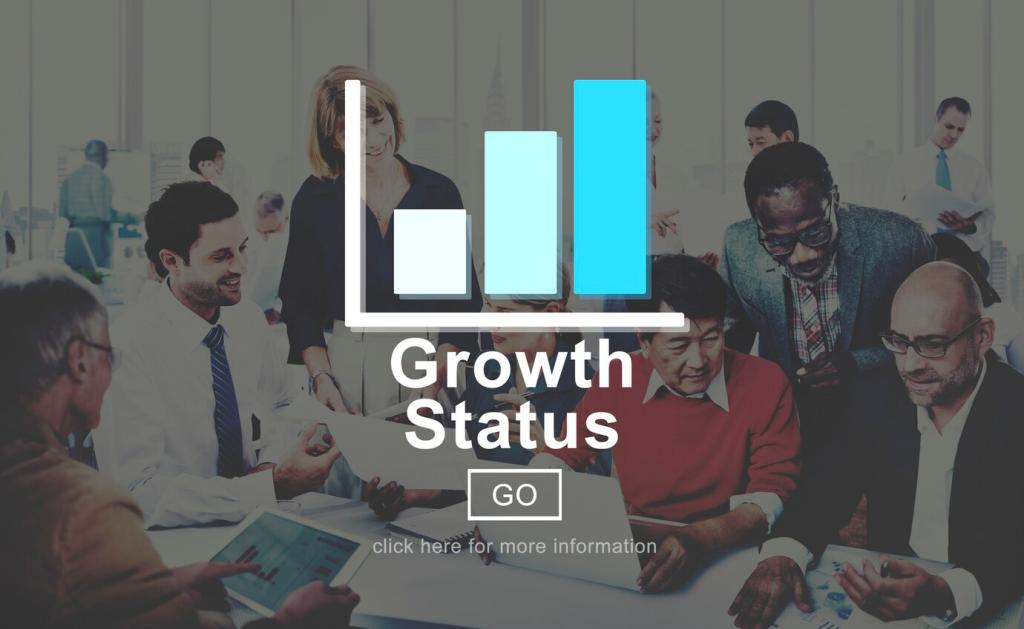Why Beginner Projects Fast-Track Your Career
Hiring managers love seeing initiative, even in simple apps. A tiny to-do list, a clean portfolio site, or a helpful script can showcase curiosity, consistency, and practical thinking that coursework alone rarely reveals.
Why Beginner Projects Fast-Track Your Career
Your first commit is not about perfection; it is about momentum. The act of shipping early builds resilience, teaches version control habits, and replaces overthinking with action-oriented learning you can discuss confidently in interviews.







